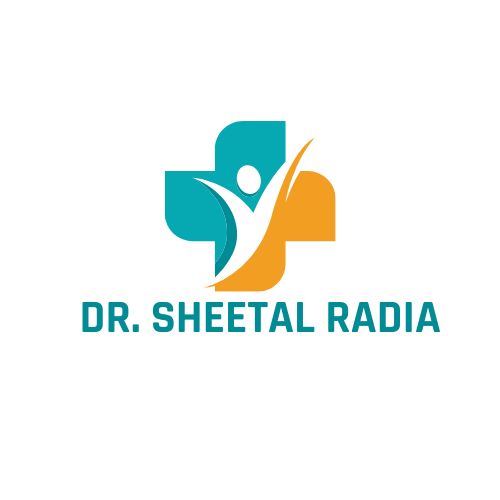+918048031926

This is your website preview.
Currently it only shows your basic business info. Start adding relevant business details such as description, images and products or services to gain your customers attention by using Boost 360 android app / iOS App / web portal.
⁰Snoring and sleep apnea are related sleep disorde...
⁰Snoring and sleep apnea are related sleep disorders, but they differ in their causes, symptoms, and potential health risks. Here’s an overview of both: Snoring: - **Cause:** Snoring occurs when airflow through the mouth or nose is partially obstructed during sleep. This causes the tissues in the throat to vibrate, producing the sound known as snoring. Common factors include nasal congestion, obesity, alcohol consumption, and sleeping position (like lying on your back). - **Symptoms:** The primary symptom is the noisy breathing during sleep, which may vary in intensity. Sometimes, snoring can be a sign of a more serious condition, like sleep apnea. - **Health Risks:** Occasional snoring is usually harmless, but chronic snoring can disturb your sleep and that of your partner. It can also indicate an underlying issue like obstructive sleep apnea (OSA). - **Treatment:** Treatment may include lifestyle changes (like losing weight or avoiding alcohol before bed), positional therapy, nasal strips, or medical devices like CPAP (Continuous Positive Airway Pressure) for more severe cases. Sleep Apnea: - **Cause:** Sleep apnea is a more serious sleep disorder where breathing repeatedly stops and starts during sleep. The most common type, Obstructive Sleep Apnea (OSA), occurs when the throat muscles intermittently relax and block the airway. Central Sleep Apnea (CSA) is less common and occurs when the brain fails to send proper signals to the muscles that control breathing. - **Symptoms:** Symptoms include loud snoring, episodes of stopped breathing during sleep (often noticed by another person), gasping for air during sleep, waking up with a dry mouth, morning headaches, difficulty staying asleep, and excessive daytime sleepiness. - **Health Risks:** Sleep apnea can lead to severe health problems if untreated, including high blood pressure, heart disease, stroke, diabetes, and even increased risk of accidents due to daytime fatigue. - **Treatment:** Treatment options range from lifestyle changes (weight loss, avoiding alcohol) and positional therapy, to the use of CPAP machines, dental devices, or surgery in severe cases. It's important to consult a healthcare provider if sleep apnea is suspected, as it requires medical diagnosis and management. Relationship Between Snoring and Sleep Apnea: While snoring is a common symptom of sleep apnea, not everyone who snores has sleep apnea. However, if snoring is accompanied by symptoms like pauses in breathing, gasping, or excessive daytime sleepiness, it’s important to seek medical advice to rule out sleep apnea.

